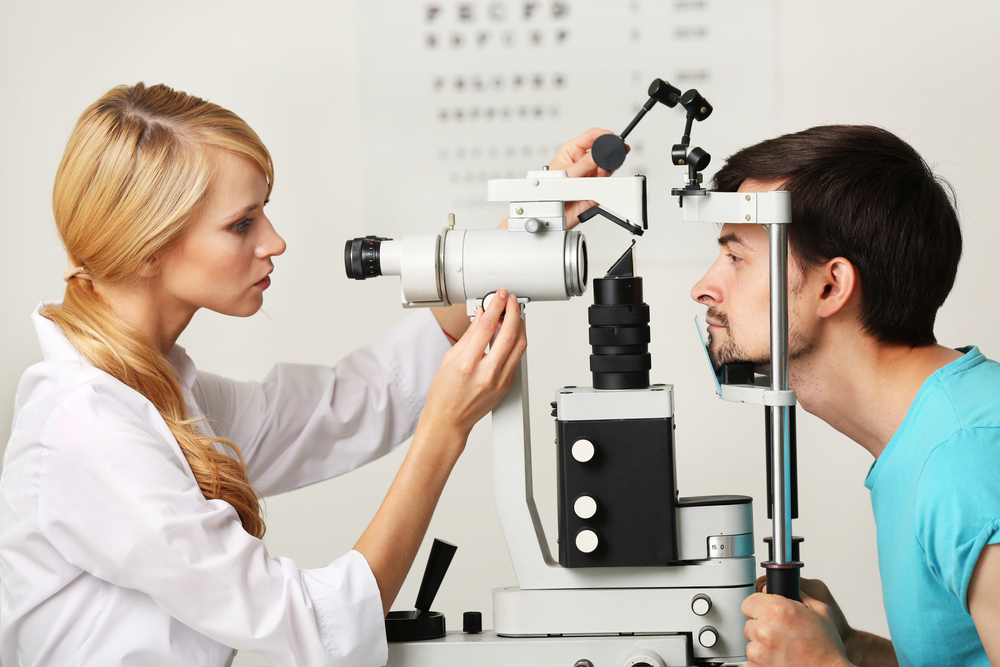
An eye exam is an essential health checkup for your eyes that determines their condition. This guide will help you understand what to expect at a routine eye exam.
What Is an Eye Exam?
An eye examination is a health checkup for your eyes and vision. An eye health professional examines your eyes to determine their condition. Regular eye exams help eye care practitioners detect eye problems at their earliest stage, so treatment can commence to prevent further damage.
Do You Need to Take Anything to Your Eye Exam?
You may need to take your health care or health insurance card. Take your current prescription eyeglasses or contact lenses. Taking a pair of sunglasses to wear after the checkup is also advisable. Your eye doctor may dilate your pupils as part of the examination.
How Long Does the Exam Take?
The exam's duration varies from patient to patient. It can range from 30 to 45 minutes, depending on the patient's unique needs. If you are not experiencing any vision issues and do not have any preexisting eye condition, your test may not take more than half an hour.
You Will Provide Your Medical History
Your eye doctor will ask several questions to determine the reason for your visit. These may include:
- Are you experiencing any problems with your eyes or vision?
- How long have you had these problems?
- When was your last eye examination?
- What are your family's eye health and medical history?
The doctor will inquire about your medical history, including details about your eye health and general health. They will also ask about preexisting conditions, such as hypertension. You may need to provide contact details for your general practitioner or family doctor.
Ocular Function Check
You will undergo several tests of visual function. These include:
- Eye alignment.
- Binocular vision.
- Accommodation.
- Eye movements.
- Pupil reactions.
- Color vision.
- 3D vision.
- Visual fields.
- Contrast sensitivity.
Anterior Eye Examination
The eye doctor will examine the front of the eye using a slit lamp that magnifies the eye. They will examine the structures of the front of your eye. These include the eyelids, lens, iris, cornea, and conjunctiva. This exam aims to check for cataracts, inflammation, infections, and foreign bodies in the eye.
Posterior Eye Examination
During a posterior eye exam, the eye doctor will inspect the structures at the back of the eye by looking through the pupils. The eye doctor may use eye drops to dilate the pupils if they are too small. That allows for detecting conditions such as optic nerve abnormalities, diabetic retinopathy, glaucoma, and macular degeneration.
Eye Pressure Measurement
Checking eye pressure is necessary for those over 40 or if there is reason to suspect high pressure in the eye(s).
Eye Imaging and Scanning
Your eye doctor may scan and image your eyes using photography, retina and optic nerve scanning, and corneal topography.
Refraction Test
The refraction test determines your eyes' focusing power at a distance and up close. That helps determine the correct prescription for glasses or contact lenses.
Interpretation of Eye Test Results
After your eye exam, your doctor will explain the results and discuss a management plan. If necessary, they will prescribe corrective lenses. Further testing or referral to an ophthalmologist may be required if there are any suspicious findings.
Conclusion
Optometrists are trained eye health providers who offer comprehensive eye and vision care. Regular eye exams are crucial to detect issues early and prevent long-term vision loss.
For more on eye exams, visit Montebello Optometry at our Montebello, California office. Call (323) 888-9111 to schedule an appointment today.








